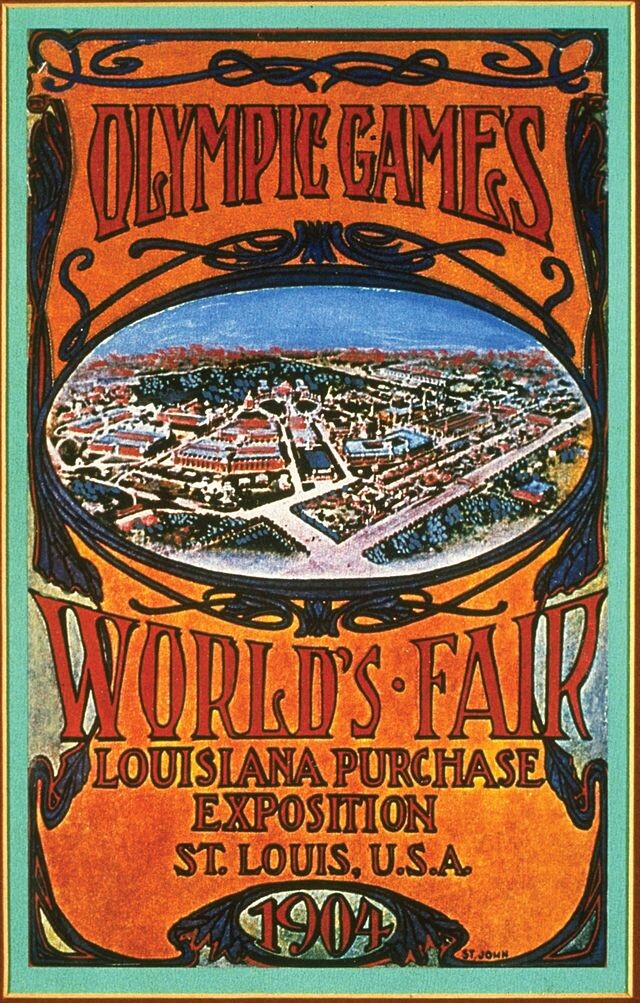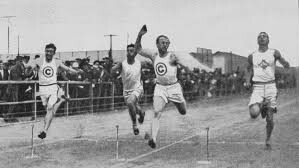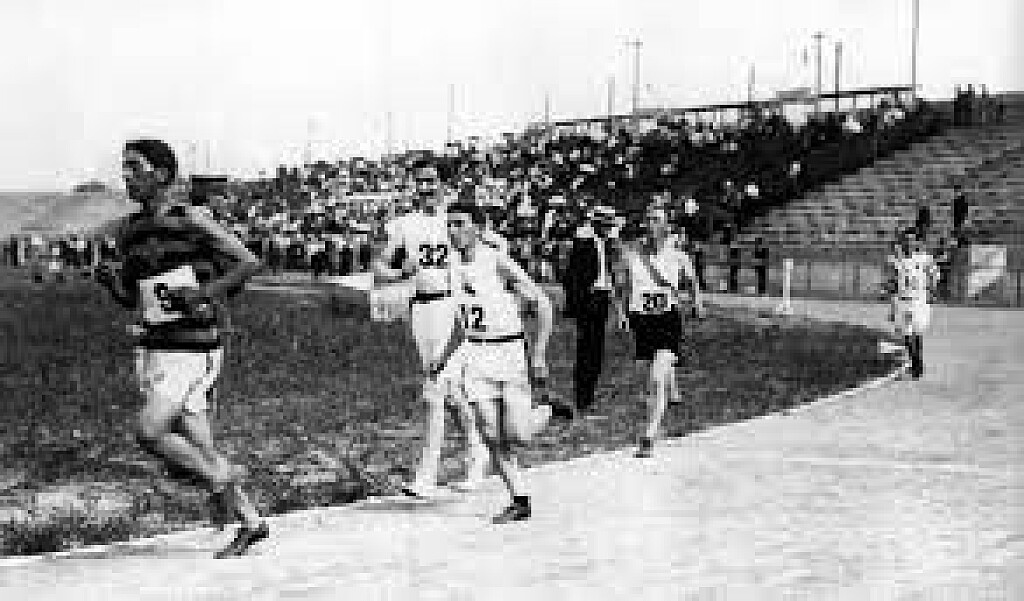Running News Daily
Running News Daily is edited by Bob Anderson. Send your news items to bob@mybestruns.com Advertising opportunities available. Train the Kenyan Way at KATA Kenya and Portugal owned and operated by Bob Anderson. Be sure to catch our movie A Long Run the movie KATA Running Camps and KATA Potato Farms - 31 now open in Kenya! https://kata.ke/
Index to Daily Posts · Sign Up For Updates · Run The World Feed
How the 1904 Marathon Became One of the Weirdest Olympic Events of All Time
There were so many things unusual about the 1904 Olympics. Firstly, it was the first-ever Olympics to be held outside Europe, in St. Louis. America. Secondly, the time of the games coincided with the “World Fair,” called the Louisiana Purchase Exposition, which ended up causing a lot of confusion about the games. But the most peculiar and strange part of the 1904 games was its 25-mile marathon. The Olympics call this race “the most bizarre spectacle in Olympic history.” The conditions of the race were so extreme and inhospitable that 18 out of 32 athletes were forced to withdraw due to severe exhaustion, injuries, and fatigue.
At that time, this particular marathon caused a major uproar for its outrageous manner. Held on August 30, at sweltering 3 pm, the marathon’s trail included an unpaved, 24.85-mile dust-covered road, skirting seven hills, some hundreds of feet high, along the Missouri plains. To add to the brutishness of the game, only one water stop was arranged throughout the trail, a roadside well situated 12 miles into the race. James Sullivan, the chief organizer of the games, had deliberately done this for research. He wanted to see the effects of minimal fluid intake and dehydration on the candidates, testing their limits and stamina, per Smithsonian Magazine.
Only a few countries participated in the 1904 Olympics. Around 523 of 623 total athletes were Americans, per HISTORY. In this marathon, the participants Sam Mellor, A.L. Newton, John Lordon, Michael Spring, and Thomas Hicks, were all experienced American athletes. Fred Lorz was another American contender, who laid bricks during the day and trained for the Olympics during the nighttime. Other candidates included two men from the Tswana tribe of South Africa - the first Black Africans to ever participate in the modern Olympics - who were in St. Louis as part of the South African World’s Fair Exhibit.

In addition to the American candidates, the marathon included Félix Carvajal, a Cuban athlete, who appeared in New Orleans wearing a white, long-sleeved shirt, long, dark pants, a beret, and a pair of street shoes. Interestingly, a fellow Olympian cut off his trousers to the knee so he could run comfortably.
As the race began, its thirty-two athletes took their places at the starting line. But then the course of the race unfolded into a series of bizarre events. Carbajal, for instance, stopped midway into the race to snack on some apples that turned out to be rotten. He had to stop by a corner as the rotten apples gave him severe stomach cramps.

Then, while South Africa's Taunyane was running smoothly, some wild dogs set after him, and started chasing him, which led him to finish ninth of the 14 finishers. Additionally, William Garcia of California inhaled so much dust into his esophagus from the country roads that he suffered a stomach hemorrhage that was just close to being fatal. At the end of the race, Lorz was to be awarded the winning medal, but when the time came, someone claimed that he was an “imposter.” As the entire episode unfolded, officials came to know that Lorz, upon suffering from stomach cramps, had taken a lift from a car, for about 11 miles during the race. But Lorz was unperturbed. He went on to claim that he had only finished the race as a “joke.”
Eventually, the medal went to Hicks. Seven miles from the finish line, his trainers fed him a concoction of strychnine and egg whites, and later some French brandy for stamina. According to the Centers for Disease Control & Prevention, today, strychnine is used primarily as a pesticide, particularly to kill rats. Drunk and nauseous, while Hicks was partially unconscious, his trainers carried him to the finish line, where he was declared the winner. His legs were moving back and forth as if he was still running.
Describing Hicks from the day, Charles Lucas, a race official, said, “His eyes were dull, lusterless; the ashen color of his face and skin had deepened; his arms appeared as weights well tied down; he could scarcely lift his legs, while his knees were almost stiff," per Olympics. As Hicks finished the race, it also finished the episode of a game that was never seen and will never be seen again. "The terrific hills simply tear a man to pieces," Hicks later said. On the other hand, Lorz was banned for life for his fraudulent act.
The bizarre marathon was one of the major happenings in the 1904 Olympics that appeared to be organized under an ill-fated star. This Olympics lasted 146 days, while most modern games typically last around two weeks. But this race will be something akin to the first and the last ever witnessed; the weirdest game in the Olympics history.
by Neha B.
Login to leave a comment




